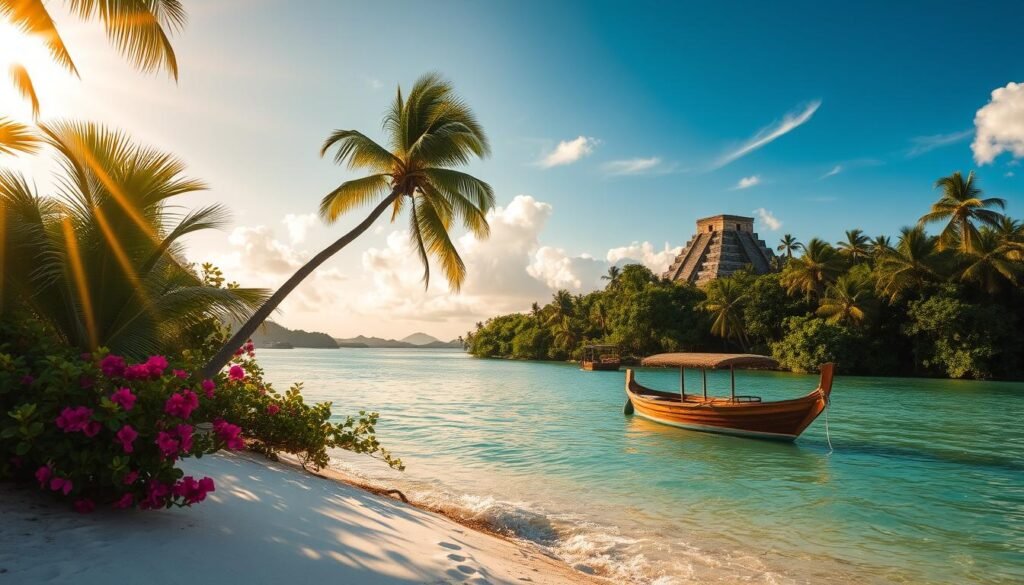Surprising stat: nearly half of all hotel bookings for peak season are made three months ahead, so demand shapes your trip almost as much as the weather.
I write this short guide from years of travel in this small Central American country. I’ll show how the year splits into a sunny dry run and a lush green season, and why trade winds make the cayes feel cooler than the thermometer suggests.
Average air temps sit near 80°F with high humidity, and water temps stay inviting for snorkeling most months. I’ll flag when visitors should book early, when hurricanes can affect plans, and when shoulder windows offer good deals without major compromises.
Key Takeaways
- I break this guide down by season and interest so you can match goals and weather.
- Dry months mean busy calendars; shoulder months often give great skies for less cash.
- Trade winds keep coasts pleasant and reefs clear for most of the year.
- Book big attractions early—holidays and festivals sell out fast.
- For dates and practical tips, see this helpful overview from Lonely Planet.
Quick answer: the best time to visit Belize for weather, crowds, and value
Here’s a fast summary so you can pick months by balancing skies, attractions, and budgets.
Dry season runs December–April. March and April are often the driest and offer the clearest water and top Barrier Reef visibility. Expect warm temperatures and busy crowds, especially from Christmas through Easter, when hotels can hike prices 30–50%.
For fewer people and softer prices, aim for November or May. Those shoulder months still bring plenty of sun and easier bookings at San Pedro and other hubs.
The low, rainy season stretches June through mid-November. Rain often falls in short bursts; the wettest stretch is September–October and some services may pause then. Small-ship cruises usually operate October/November through April, while many catamarans haul out in September–October.
- Reef lovers: March–April for calm seas and visibility.
- Whale sharks: typically March–June near full moons at Gladden Spit.
- Value travelers: early December and late April–May can save money without losing good weather.
| Period | Weather | Crowds | Typical prices |
|---|---|---|---|
| Dec–Apr | Sunny, calm seas | High (holidays peak) | High (30–50% up) |
| Nov & May | Mostly clear, warm | Low–Moderate | Moderate (better deals) |
| Jun–Mid Nov | Warm, more rain | Low | Low (some closures) |
Belize seasons and weather at a glance
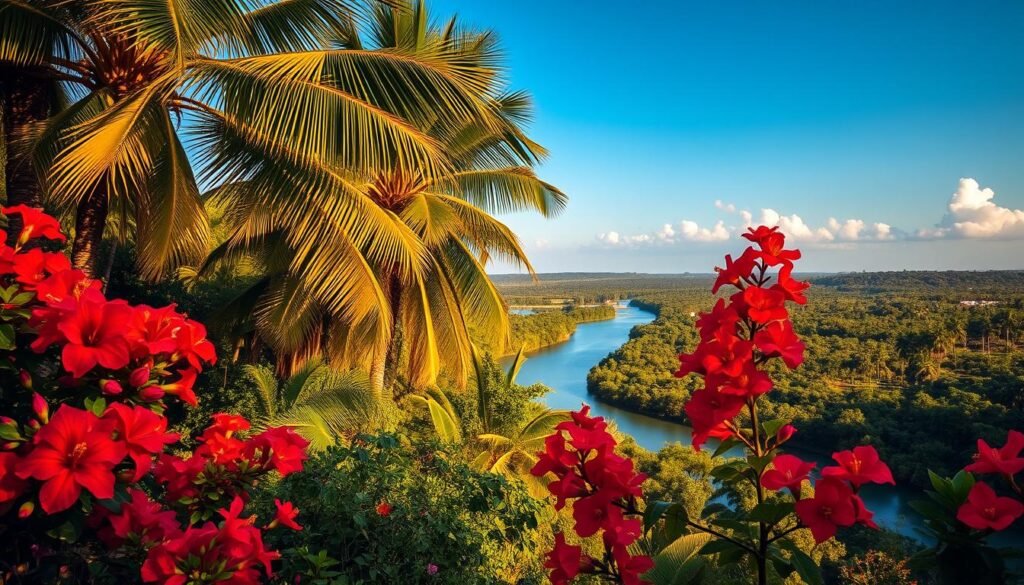
Think of Belize in three simple climate moods: bright and dry, green and wet, and cool, windy transition months. I use this split when planning reef days, jungle hikes, or sailing runs because it matches how the skies and seas behave.
Dry season (December–May)
Sunny skies and low rainfall dominate from December through May. March–April are the driest months, with calm, clear water and great visibility for snorkeling and diving.
Rainy/green season (June–November)
The rainy season brings warm days and brief, often intense showers. September–October usually record the highest rainfall, while the jungle becomes vividly green and full of life.
Norte/transition months (November–February)
Nortes can hit between November and February. Expect cooler nights, stronger northerly winds, and cloudier stretches that may affect boat crossings for a short time.You can learn more about best-places-to-visit-in-april
Temperatures, rainfall, and water temps by month
Coastal highs range roughly 78–85°F; water stays warm at about 80–86°F. Monthly rainfall dips to ~1.9–2.0 inches in March–April and peaks near 9–10 inches in September–October.
- Tip: the south and inland lowlands see more rain than the cayes, so pack a light rain layer.
- I plan inland hikes for mornings and reef time midday when showers often pass quickly.
best time to visit belize by month
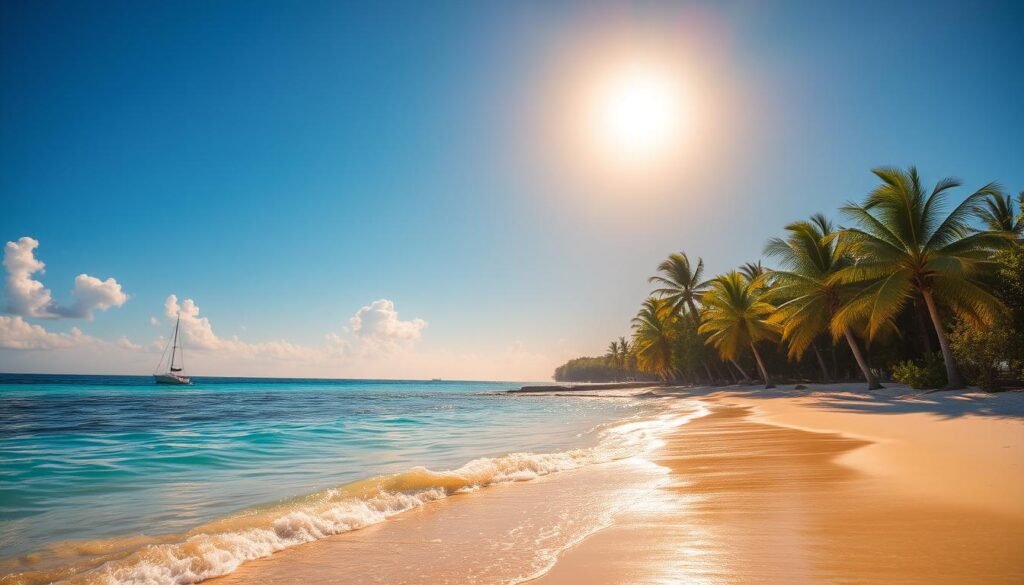
Month-by-month, Belize shifts from festival-filled high season to lush, rain-soaked quiet — here’s how that plays out.
December–February
Cooler nights, clearer water, and big crowds. December starts with some rains but clears by mid-month. January brings nortes and crisp nights. February stays dry and lively with Carnaval.
March–April
These are the driest months with glassy seas and top visibility for snorkelers. Whale sharks arrive in March and sightings peak through June, so March–April are prime for reef days.You can learn best-places-to-visit-in-japan
May
Heat and humidity rise. Showers become more common and prices often soften as crowds thin. I like May for lower rates and still-good water windows.You can learn more about best-time-to-visit-amsterdam
June–August
Lobster season kicks off in June and the rainy season begins. July is one of the wetter months. August may bring a short “little dry” break, but I watch tropical activity closely.
September–October
The wettest stretch and peak hurricane risk. Many operators do maintenance then, yet festivals and low prices draw some travelers.
November
Cooler, sunnier spells return. Garifuna Settlement Day on Nov 19 is a cultural highlight, and crowds remain light before the high season ramp.
Reef life: diving, snorkeling, sailing, and water conditions
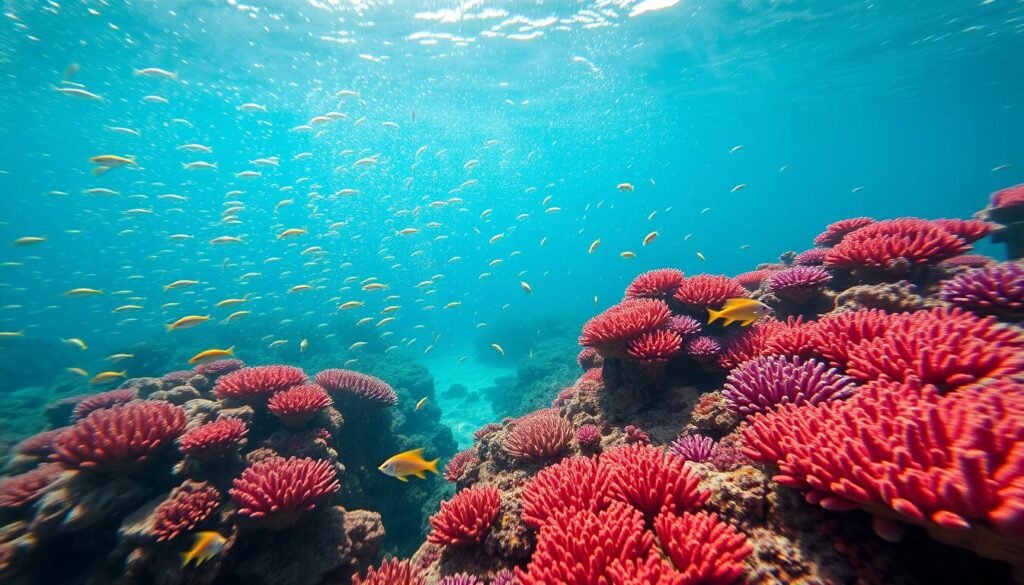
Clear water and steady winds shape how I plan reef days and sail trips around the cayes.
I chase calm, clear runs on the Barrier Reef in March–April, when visibility peaks and water sits near 80–82°F. Long day trips shine then; light winds make for glass-off mornings and excellent snorkel windows.You can learn more about best-time-to-visit-south-africa
Year-round diving stays warm—water rises to about 85–86°F by late summer. I book deeper dives when seas are calmer and pick protected sites inside the reef when swells build outside.
Whale sharks and Gladden Spit
If whale sharks are on my list, I aim for March through June and target full-moon periods around Gladden Spit. Local spawning draws fish and the giants, so timing pays off for sightings.
Sailing, charters, and cruising
SE trade winds average 10–13 knots from June–November. I prefer sheltered passages inside the reef for smooth days, and only push to atolls when forecasts are benign.
Catamarans run most of the year, but many haul out in Sept–Oct for maintenance. Small ship cruises tend to operate October/November through April, which pairs well with calmer open-water conditions for Blue Hole trips.
| Activity | Prime months | Notes |
|---|---|---|
| Barrier Reef snorkeling | Mar–Apr | Top visibility, water ~80–82°F |
| Whale shark trips | Mar–Jun | Full-moon windows at Gladden Spit |
| Sailing & charters | Jun–Nov | Steady SE trades; inside reef calmer |
| Small ship cruises / Blue Hole | Oct–Apr | Friendlier seas; choose experienced operators |
Wildlife, jungles, and birding through the year
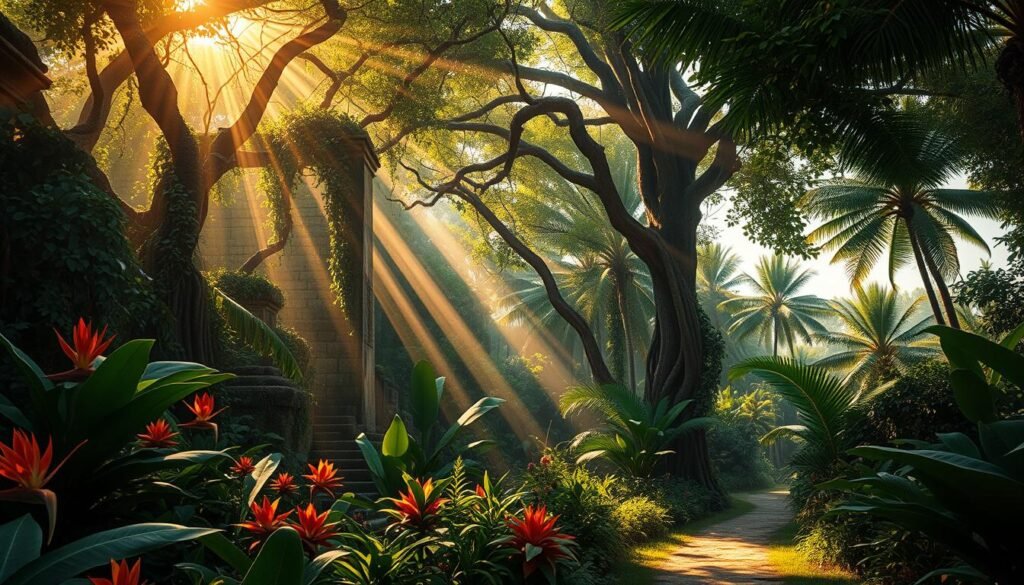
I plan jungle hikes at dawn because the coolest hours are when the rainforest shows its best. I often spot howler monkeys, toucans, and trogons before the heat builds.You can learn best-time-to-visit-new-zealand
Birding peaks in the dry season (Dec–Apr) as birds crowd the remaining lagoons and rivers. Many guided tours run January–April, which helps visitors find waders and raptors in concentrated numbers.You can learn more about best-time-to-visit-singapore
Birding highlights: dry-season concentrations and October festival
With 570+ species recorded, birding can shape an entire trip. October’s Belize Birding Festival is a great anchor for birders who want festival energy plus a few green-season days for lush trails.
Rainforest wildlife patterns: early mornings, night walks, green season boom
When the first heavy rains hit in June–July, the jungle blooms and wildlife sightings rise as fruit and flowers appear. I schedule buffer days for showers and pack a quick-dry layer for muddy trails.
Night walks reveal owls, kinkajous, frogs, and insects. With a good guide, one short after-dark walk can add species families you won’t catch on daytime trails.
Sea turtles, rays, and sharks: seasonal sightings across the year
Turtles, rays, and nurse sharks show up year-round in shallow reefs and bays. Whale shark encounters concentrate March–June near Gladden Spit, so I plan reef days around that month window if giants are on my list.
“I aim for early mornings and a guided night walk—those windows deliver the richest wildlife experiences.”
- I pair a dawn jungle day with a relaxed reef afternoon for family-friendly pacing.
- Temperatures stay warm inland, so I favor shaded river routes and cave swims midday.
- Travelers should plan a few flexible days for rain when exploring lowland jungle zones.
| Wildlife focus | Prime season | Notes |
|---|---|---|
| Bird concentrations | Dec–Apr | Birds cluster at water sources; many tours available |
| Green season boom | Jun–Jul | Flowering and fruiting increase sightings |
| Whale sharks | Mar–Jun | Full-moon windows at Gladden Spit |
| Sea turtles & rays | Year-round (peaks spring–summer) | Shallow reefs and bays; seasonal pulses by site |
For more planning tips and a local perspective, see this trip planning guide.
Crowds, prices, and seasons: how timing affects your trip
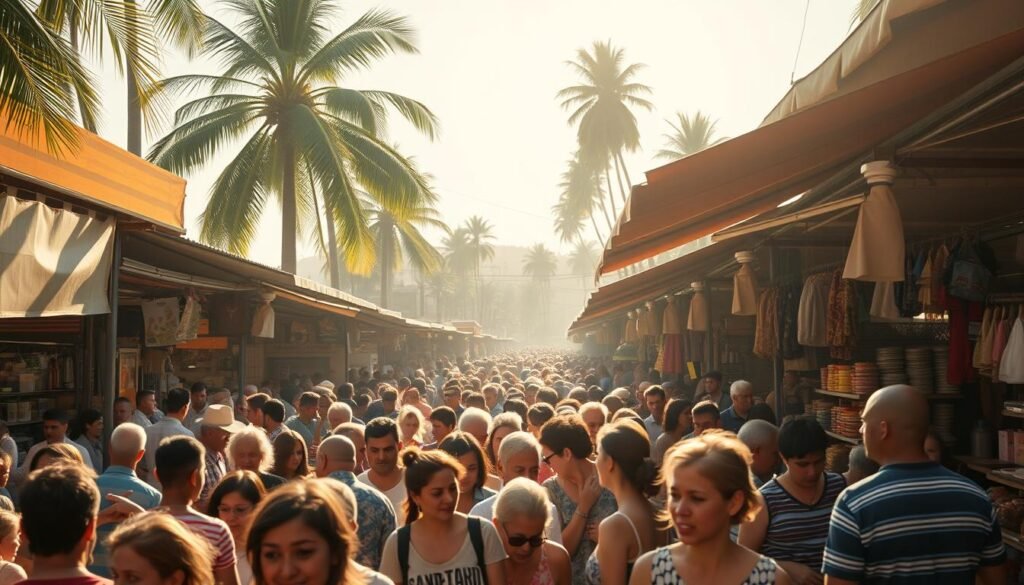
I track demand as closely as weather because when crowds swell, prices often follow. If you plan around high demand, you avoid stress and surprise costs.You can learn best-time-to-visit-london
High season runs from Christmas through Easter. I see prices jump 30–50% in mid‑Dec to mid‑Jan and around Easter. Flights, hotels, and boat tours sell out fast, so I lock refundable reservations early.
Shoulder vs low season
November and May are my go‑to shoulder months. Tourism stays lively but crowds thin and prices drop. Most hotels and attractions remain open, giving you balance and value.
In low season (June–mid‑Nov) rates fall and some operators close in Sept–Oct. I use flexible dates and pack for occasional rain when chasing lower prices.
“I secure peak‑season essentials early, or I aim for shoulders and keep plans flexible to save hundreds.”
- Plan weekday reef trips and early tours to dodge crowds.
- Families can pair shoulder stays with smaller cayes or inland lodges to stretch budgets.
| Season | Crowds | Price trend |
|---|---|---|
| Christmas–Easter | High | +30–50% |
| Nov & May | Moderate | Moderate, deals |
| Jun–mid‑Nov | Low | Lower, closures possible |
Regional differences: cayes, coast, and mainland
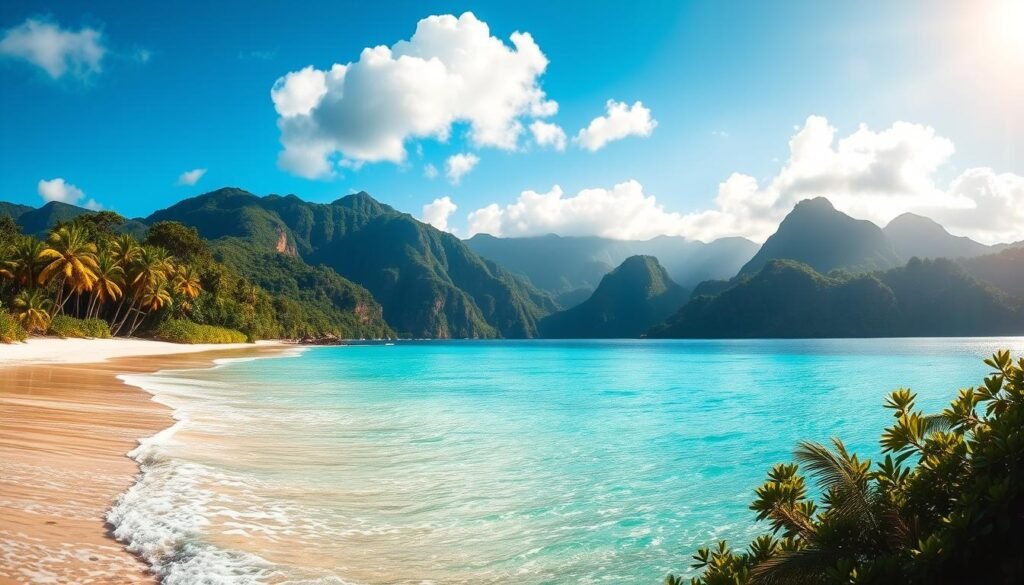
Regions in this small country feel very different: island life hums, the coast cools, and the inland jungle moves at its own pace. Where you stay shapes daily plans, from reef runs at dawn to cultural nights ashore.
Ambergris Caye & San Pedro
San Pedro is the busiest hub. Expect many boats, lively dining, and hotels that fill fast in high season. I use it when I want quick water access and a night out.You can learn best-time-to-visit-peru
Caye Caulker
Caye Caulker is laid-back, with sandy streets and golf carts. LobsterFest in July brings people and music, but most afternoons stay breezy and calm.
Belize City, inland jungles, and the south
Belize City is a jump-off for caves and Maya sites and hosts September events. Inland jungles mean more rainfall and cooler nights. Down south, places like Dangriga and Hopkins center Garifuna culture—Garifuna Settlement Day on Nov 19 is a standout.
| Region | Typical season impact | Main attractions | Vibe & hotels |
|---|---|---|---|
| Ambergris Caye / San Pedro | Moderated by trade winds | Barrier Reef, nightlife | Bustling; many hotels |
| Caye Caulker | Calmer water windows | LobsterFest, laid-back beaches | Casual, small inns |
| Inland & South | Heavier rain in green season | Caves, Maya sites, Garifuna culture | Eco lodges, cultural stays |
“I match my base to what I want to do: reef mornings from the cayes or jungle days inland.”
Festivals and events that can shape your dates
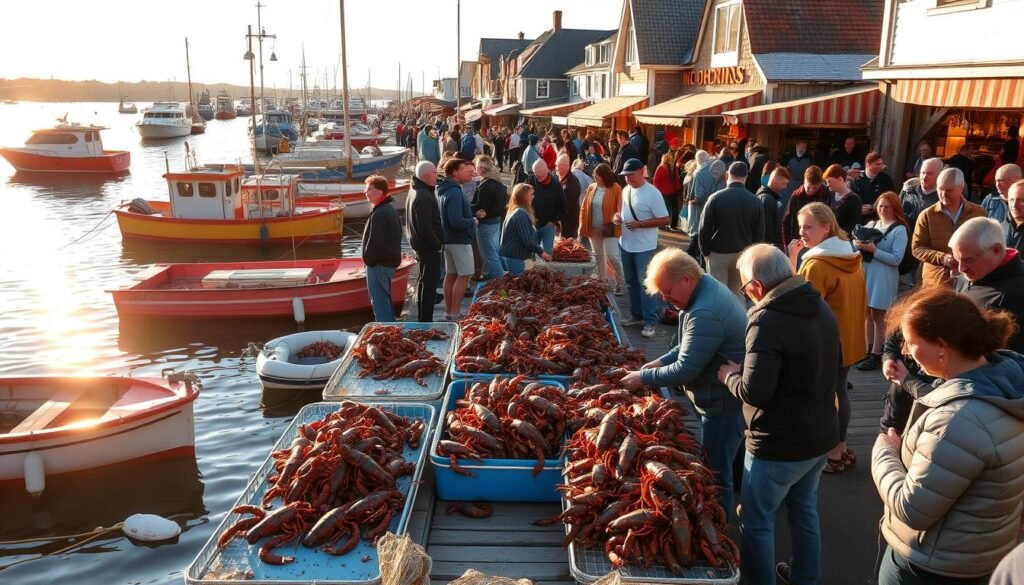
Local celebrations can turn a quiet month into the liveliest stretch of the year. I check the festival calendar early so I can pair cultural energy with a few calm cayes days.
Lobster season runs roughly June 15–Feb 15 and kicks off with LobsterFests in Placencia, Caye Caulker, and San Pedro. If you love seafood and street parties, plan a month around those July events for fresh plates and late-night music.
September celebrations and hurricane overlap
September is the big party month. St. George’s Caye Day (Sep 10), Independence Day (Sep 21), and Carnival light up Belize City with parades and concerts.
These dates sit inside the wider september october window, which also overlaps peak hurricane season. I book flexible rates and insurance, and leave a buffer day for travel if storms threaten.
Garifuna Settlement Day
Garifuna Settlement Day on November 19 brings drumming, reenactments, and dance across the south. For visitors wanting culture minus huge crowds, southern towns offer the same spirit with easier logistics during low season.
| Event | Typical month | Notes for visitors |
|---|---|---|
| LobsterFests (Caye Caulker, San Pedro, Placencia) | July (festival month) | Seafood, live music; pair with quiet cayes days |
| St. George’s Caye Day & Independence Day | September | Major parades in Belize City; busy, colorful |
| Garifuna Settlement Day | November 19 | Strong cultural shows in southern towns; plan transport ahead |
“I time arrivals early or late in the event month so I get festival highlights and a few good-weather days for snorkeling or a lazy beach afternoon.”
Practical tip: festivals fall in lower tourism months, so check which businesses stay open, confirm transport, and build rest periods into your schedule—festivals are fun but long, and a quiet afternoon helps everyone recharge.
Smart planning: hurricanes, rainfall, bookings, and what to pack
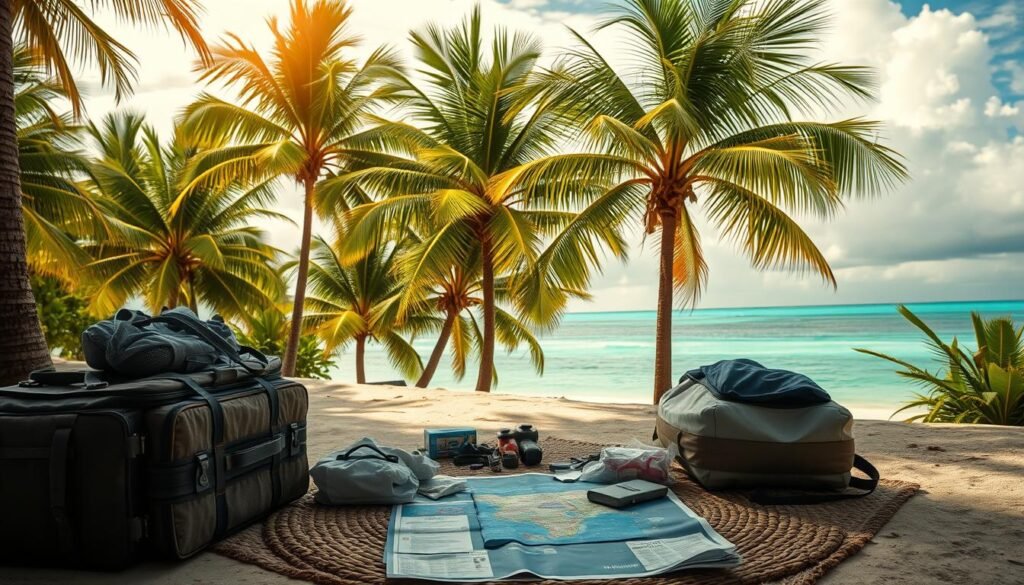
A few simple habits—flexible bookings, waterproof gear, and up‑to‑date forecasts—save big headaches when weather shifts.
Hurricane realities and insurance
I watch the Atlantic hurricane season calendar closely because risk rises from June 1 through Nov 30 and peaks in late August through mid‑October. Direct hits are uncommon, but when they happen they can shut ports and delay travel.
I always buy travel insurance that covers storm disruptions and pick flexible rates for flights and hotels. If your dates fall in september october, confirm operator plans and keep a buffer day or two in your itinerary.
Packing for humidity, showers, caves, and reef days
Humidity is the rule, so my packing list is simple: breathable layers, a light rain jacket, quick‑dry shirts, reef‑safe sunscreen, and a dry bag for boat days.
For jungle or cave trips I add bug spray, sturdy water shoes, and a headlamp. Short heavy showers usually pass fast, so I slot wet‑cave or ruin visits around forecasts and keep backup indoor options in reserve.
Booking strategies for busy season
In high season I book boats, small‑ship cruises, and specialty permits early—popular slots fill and prices rise. For value, I lock refundable reservations and aim for weekdays or shoulder days when possible.
“Smart planning buys peace of mind: a little prep for humidity, showers, and seasonality makes the trip smoother and more fun.”
- Expect peak rainfall in September‑October and plan flexible days.
- Confirm departures a few days ahead with operators and note maintenance windows for catamarans in Sept‑Oct.
- Keep a buffer day for key tours so you can move a reef or cave day if seas or rain close access.
| Focus | Action | Why it helps |
|---|---|---|
| hurricane season | Insurance + flexible bookings | Protects against delays and cancellations |
| Packing | Breathable clothes, rain jacket, dry bag | Comfort in high humidity and sudden showers |
| Bookings | Reserve boats, hotels, permits early | Locks availability and controls prices |
Conclusion
Choose your window by balancing calm reef days, festival energy, and budget—each season gives something different. ,
If you ask me for one short answer, the best time is the dry season—especially March and April—for sun, calm seas, and clear water. For savings and fewer crowds, November and May often hit the sweet spot.
For wildlife, lock March–June around full moons at Gladden Spit for whale sharks. The green season (June–November) brings lush jungle days and warm water year-round (about 80–86°F), but expect more showers and higher hurricane risk late August–mid‑October.
Use this guide as your playbook: match season, months, and region with your must-dos, add buffer days and flexible bookings, and your vacation will reward you with smooth travel and vivid reef-and-jungle memories. See you under those Caribbean skies for your next time visit belize.


